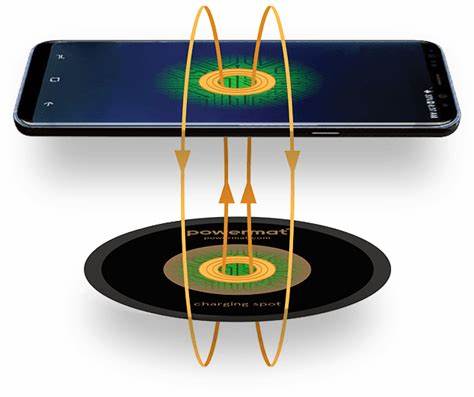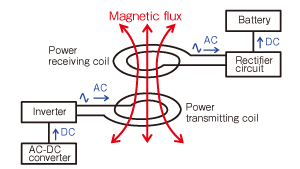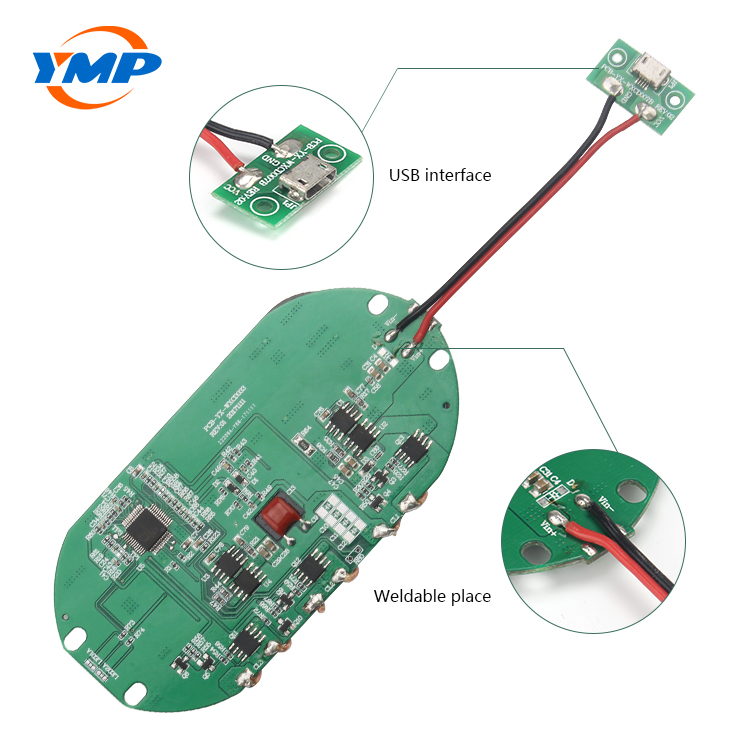Upset About the Data Cable-Take a Look at the Wireless Charger
Since the emergence of smart phones, the problem of electricity storage has always been its weakness.
Ten years ago, when Nokia push-button phones were popular, it was not a problem for the phone to last for a week when it was fully charged. However, no matter which brand of smart phone it is, it may run out of power if it is continuously used for only half a day after it is fully charged due to its diversified functions.
Therefore, in today's more convenient and fast society, charging at a high frequency may be a headache for everyone, but what is more troubling is that the data cable and plug are necessary to charge the mobile phone. Although these two things are not big, they always make people feel troublesome, but they are indispensable.
In fact, researchers have long seen the business opportunities of this group and invented wireless chargers without data cables and charging plugs.
wireless charging technology

Wireless charging technology, also known as inductive charging and non-contact charging, is a new charging technology originated from wireless power transmission technology.
Wireless charging technology uses near-field induction, and the wireless charger transfers energy to the equipment to be charged, which uses the received energy to charge the battery.
Since the wireless charger and charging equipment transmit energy through inductive coupling, no wire connection is required and no conductive contact can be exposed.
At present, there are three wireless charging methods: electromagnetic induction charging, magnetic resonance charging and radio wave charging.
Electromagnetic induction charging

Electromagnetic induction charging is currently the most common wireless charging solution.
The working principle of electromagnetic induction charging is that alternating current with a certain frequency exists in the primary coil, and current is generated in the secondary coil through electromagnetic induction, so that energy is transmitted from the output end to the receiving end to complete wireless charging.
Magnetic resonance charging
Magnetic resonance charging is a kind of wireless charging technology currently being studied, which has not yet been commercially available.
The wireless charger using magnetic resonance charging consists of an energy transmitting device and an energy receiving device.
When the two devices are located at the same frequency, resonance is caused, and energy can be exchanged with each other, so that energy is transmitted from the transmission end to the receiving end, and wireless charging is completed.
Radio wave charging

Radio wave charging is a mature wireless charging technology.
The wireless charger using radio wave charging consists of a microwave emitting device and a microwave receiving device, which can capture the radio wave energy rebounded from the wall and maintain a stable DC voltage while adjusting with the load.This wireless charging method is more convenient, just install a transmitter at the wall plug and a receiver on low voltage products.
- Pre:What YMP Can Help for Your Company 2019/7/30
- Next:Why Does Your Mobile Phone Not Have Enough Electricity 2019/7/29

